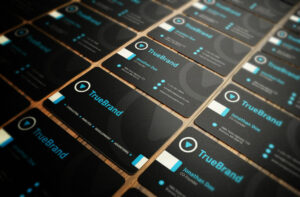
Personal Branding 201: Make Experience Work For You
Personal branding is a buzzworthy phrase that has significant applications to the corporate world. And when people discuss it, they typically are focused on an

Personal branding is a buzzworthy phrase that has significant applications to the corporate world. And when people discuss it, they typically are focused on an
This is a time of synergy: Viral is the new normal, everyone is a brand (whether they know it or not), and smart organizations are turning
You know the old three-legged stool metaphor: you can’t sit down if one of those legs is off. In HR, that means culture, brand and engagement.
“You can never really live anyone else’s life, not even your child’s. The influence you exert is through your own life, and what you’ve become
There is something powerful about someone who knows who they are and what they are all about. It’s even more attractive when you can genuinely
The balance of power is shifting in the employer/employee relationship. What does it mean for the future of work? The #TChat crowd weighs in
Building a brand that stands for something is challenging; it takes time and, most importantly, authenticity. Almost all companies hope to impart a positive emotion
This year’s World Cup was without a doubt the best tournament I can remember in years. It was full of exciting games, dramatic outcomes, standout
Let’s be honest. Some leaders make a difference, and some leaders just take up space. Lou Imbriano is definitely one of the former. As we well